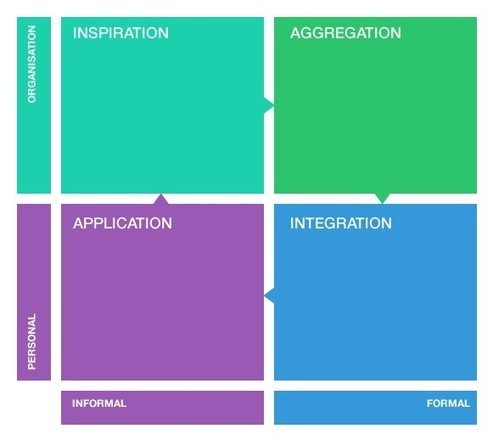Welcoming New Rewards Members
Last week, the Scoop.it team and I were extremely excited to announce the launch of our brand new Rewards Program. Now that all of the new rewards members have been notified, I’d like to shine the Scoop.it spotlight on a few of the top curators from the past six months.
These curators have set an extraordinary example for the rest of the Scoop.it community as well as the greater online community of curators. They’ve helped us through every step of our journey to making the web a smarter place, and we’re proud to have them on our team. Check out their profile and topic pages, and think about even sending them a tweet to say hi!
Read More

























